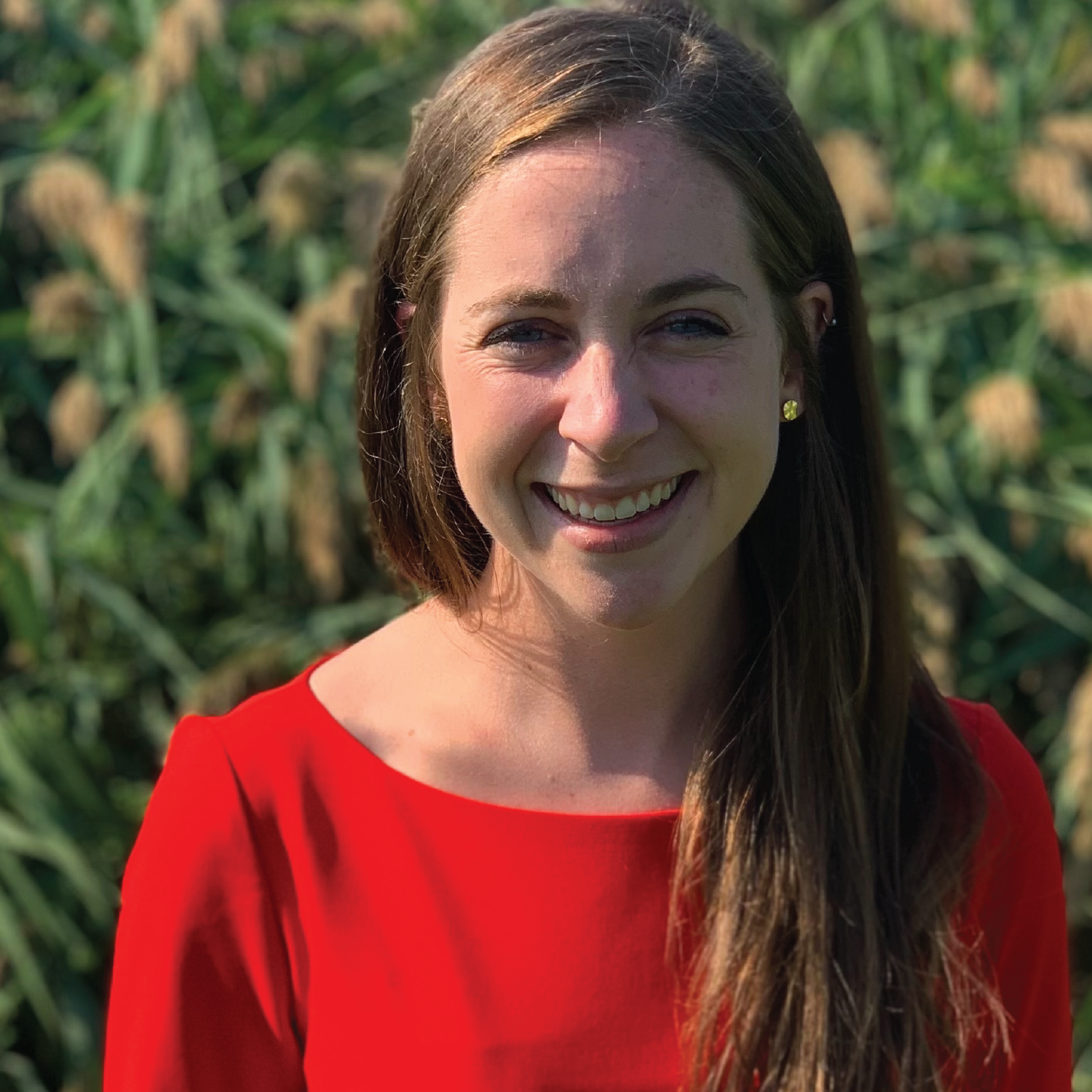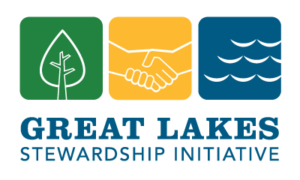Dear SEMIS Coalition,
During my first year as Director, I’ve found that I am always uncovering stories about the history of the SEMIS Coalition. Each new narrative I’ve stumbled across has been a thread just begging to be pulled on – stories about the people who have made up the Coalition, their relationships with their communities and with each other, and, importantly, the ways they have worked together to navigate complexity and crisis. So, I decided earlier this year that I would use this blog as a space to tug on a few of these threads and share what unravels along the way.
This month’s story came across my radar early on in the form of a 300-page dissertation on the ‘deep design’ of the SEMIS Coalition by Dr. John Lupinacci, an early member of the SEMIS Coalition team and prominent scholar of EcoJustice Education. John’s dissertation documents in great detail the theory, design, and earliest days of the Coalition, including direct quotes from many of its founding members. I am so grateful to John for not only the role he played in shaping the Coalition, but for also taking the time to capture how this community came to be. What follows will only scratch the surface of John’s research, but I hope will help your connection to the Coalition grow a little deeper, as it did mine. Let’s jump in.
We last left off with the story of the advent of the Great Lakes Stewardship Initiative – the statewide network leader of place-based education hubs like the SEMIS Coalition, and one of the primary funders of our Coalition for its first 10 years (see the February Director’s Corner to catch up on the GLSI’s history if you missed it!) As it turns out, another origin story was being written at the very same time – the story of the Southeast Michigan Stewardship Coalition.
The Southeast Michigan Stewardship Coalition was officially, as John puts it, ‘written into existence’ in the spring of 2007, in response to the Great Lakes Stewardship Initiative’s call for proposals. But, as with many good programs, it really began years before as an idea – or, to be more accurate, three ideas. The SEMIS Coalition was collaboratively founded and designed by three women. Rebecca Martusewicz, perhaps the most familiar of the three founding members to current Coalition members, was a longtime professor in the Social Foundations of Education program at Eastern Michigan University. As a part of her work and reflection on her own relationships with the natural world, Rebecca had spent many years co-developing and researching a pedagogical theory she called EcoJustice Education. EcoJustice Education is based on a foundational principle that local and global ecosystems are essential to all life, but that our culturally-informed ways of thinking and being affect how we operate in support of or against those essential ecosystems. The theoretical pedagogy Rebecca and her colleagues C.A. Bowers and Jeff Edmunson were developing strove to make plain our interconnectedness and to provide educators and young people the tools to explore the roles our culture, language, and ultimately education itself should play in supporting and restoring our cultural and ecological commons. As she honed this theory, Rebecca felt a need to build capacity for educators to engage in this type of cultural-ecological analysis with their students.
In 2006, Rebecca was approached by Susan Santone to work on a grant-funded project from the U.S. Environmental Protection Agency called ‘Building Leadership Capacity for Sustainability Education’. Susan, who had been a teacher of many subjects in multiple educational settings, had uncovered a passion for developing materials for teaching sustainability and believed deeply that education was essential to demonstrate to communities that sustainability is possible. In 2002, she founded Creative Change Educational Solutions (CCES) to engage teachers, schools, and districts across the country in designing curriculum and developing custom professional development for sustainability. She had sought the grant from the EPA to be able to develop curricula that centered the connections between the academic subjects students were required to learn and their vision for and responsibility to more sustainable, just, and thriving communities. For a year, Susan and Rebecca worked in partnership with teachers in multiple schools to bring their theories together and to develop and test strategies that would support this type of transformational learning. Though they didn’t know it yet, they were also laying groundwork that would deeply inform the ultimate design of the SEMIS Coalition.
When the Great Lakes Fishery Trust announced its planning grants for a new, statewide place-based education network in late 2006, Rebecca and Susan saw an opportunity to grow the practices in teaching for sustainability they had developed through their grant-funded work together. In early 2007, the GLSI hosted an initial exploratory meeting, which Susan could not attend. She told Rebecca to attend anyway, though, and while she was there to try to connect with another local leader in education reform, Shug Brandell. Shug was a longtime advocate for justice in schools and a member of the Coalition of Essential Schools, which provided professional development for schools that were identified as a part of a Comprehensive School Reform grant program through the U.S. Department of Education. The Coalition of Essential Schools believed in reciprocity in the relationship between schools and communities and provided professional learning that would highlight these connections and help educators and administrators develop strategies and skills in deep project-based learning. Prior to being a coach for school reform, Shug had been a teacher and principal and had developed an expertise in adult learning theory and philosophy.
After Rebecca and Shug connected at the exploratory meeting, Rebecca, Susan, and Shug determined that, together, they had a unique, and very well-suited combination of expertise in educational philosophy, instructional design and curriculum development, and adult professional learning for the type of program the GLFT and GLSI wanted to fund. The conversations that followed set in motion their collaboration on a planning grant and, ultimately, on the design and leadership of the SEMIS Coalition.
In July, 2007, Rebecca, Susan, and Shug were awarded a planning grant from the GLSI. Between July and October, the three women brought in early community partners, such as the National Wildlife Federation, the Huron River Watershed Council, and Great Lakes Bioneers Detroit, and held a series of stakeholder meetings with teachers and community organizations. Through these stakeholder meetings, a theory of change and organizational design began to emerge. In November, Rebecca, Susan, and Shug successfully applied for and were awarded a ‘launch grant’ that officially established the SEMIS Coalition and would fund the organization through mid-2009.
Funding in hand, the SEMIS Coalition began its work in earnest in early 2008. The SEMIS Coalition set itself up as an intermediary organization, meaning an organization that operates between policy or theory and implementers. Intermediary organizations typically play a supporting role for implementers, often in the form of funding or professional development for those providing direct services in the community. The SEMIS Coalition’s early founders saw its role as an intermediary organization as both a convener that engages educators in a network of relationships framed by the principles of place-based and ecojustice education and as a thought partner to offer support to educators to develop curriculum, instructional practices, and community partnerships to put theory into practice.
Another early decision for SEMIS was around the very word ‘Coalition’. A quote from Rebecca in John’s dissertation describes this well:
“We started talking about, “What does a coalition look like? Why use that language?” We originally used the word “center,” but it became pretty clear… that if we’re going to do this work… we had to think in coalition terms… We drafted the principles that would guide the organization and they have to do with realizing that social and ecological are not separate – they have to do with democratic decision-making.”
Building from a foundation of democratic decision-making, the SEMIS Coalition formed a steering committee – a diverse group of leaders that would learn together how to bring to life what they were calling, at the time, ‘community-based education’. The steering committee served as the Coalition’s primary decision-making unit and labor force, holding responsibilities for most of the Coalition’s day-to-day tasks, for most of its early years. An important shared philosophy of the early steering committee members was that they were learners themselves, and thus were required to engage in ongoing reflective processes, not just about the organization, but of themselves and the context in which SEMIS exists. This structure and philosophy encouraged the Coalition from the beginning to prioritize diverse perspectives and to seek opportunities to draw from the experience of other organizations or movements. As Ethan Lowenstein, also quoted in John’s dissertation put it:
“There’s a very strong consensus in the organization that organizational development and self-development are completely intertwined and you can’t separate them out… We’re all evolving – and I don’t mean that in a teleological sense, but we’re all growing in our life paths and those are embedded within relational networks and relationships. What I’ve seen in SEMIS is a real attention to collective reflection and those relationships.”
The steering committee and early Coalition’s organization around the ideas of democratic decision making and regular reflection, critique, and openness to change were design choices meant to help the Coalition navigate what all of the founders and committee members knew would always be complex and changing circumstances. As we now enter a period of particular complexity and near-constant change, I find myself endlessly grateful for the structures, relationships, and theoretical footing on which the Coalition was founded. I also find, though, a deep gratitude for the stories of our community themselves and the way that they reflect who we are back to us and allow us to lean on the strength of our identity and community to help us navigate change. And the more I uncover, the more I realize that the story of the SEMIS Coalition has always been in conversation with a broader history of our communities, our country, and perhaps most radically, the deep cultural assumptions we have about the ways we relate to each other and to our planet. Ours is a story of resilience, of community, and of a very persistent kind of hope. And, right now, it’s a story that feels especially empowering to learn, and even more restorative to tell.
In Partnership,
Anna
Director, SEMIS Coalition | abalzer1@emich.edu
Donate today to the Southeast Michigan Stewardship Coalition and bring joy to teachers and students learning through place. Your contribution makes learning come alive!



